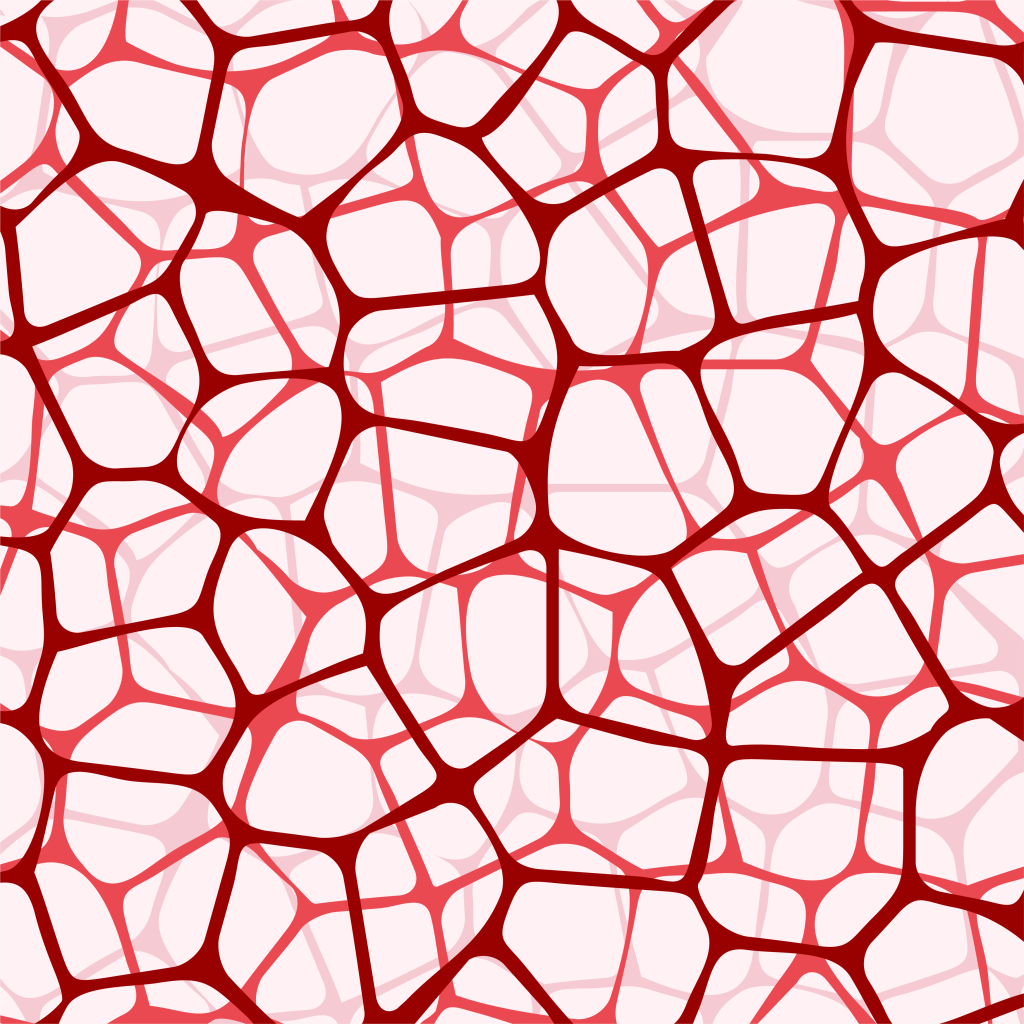There is an inverse relationship
between how much one thing is good for you
and how much you like it
– Calvin (Calvin and Hobbes)
Scientific research is made of long periods of waiting, broken by rare moments of genius, usually happening at dinner, or at the pool, or at 4 a.m., but never in the lab during normal people’s working hours. Ian Kinstlinger, from Rice University, had such a moment. He has kept tissue alive in vitro for weeks by creating an intricate network of capillaries that mimic our blood vessels. The peculiarity of this is that the capillaries were made from sugar, and were created with a special 3D printer that, instead of printing objects from molten plastic, melts grains together to produce solid 3D objects (such a process is called 3D-sintering). The invention was apparently inspired by a crème brûlée decorated with thin strands of caramelised sugar. The printing algorithm was designed by Nervous System, a design studio that creates jewellery, art and knick-knacks inspired by nature. For those who want to read the full story, you’ll find it here.
Over the Pop
“The beginning of infinity. Explanations that transform the world”
by David Deutsch
A friend of mine is a florist, and she reminded me of this book by Deutsch, where , in one chapter, he discusses why we like flowers. Have you ever thought about it? Why do flowers look beautiful to the human eye? The chapter about flowers is exceptional, but the book overall is a weighty tome, so we suggest you savour chapter 14, then keep it handy in your bag ready to impress people at parties (what kind of parties do you go to?) or, in cases of self-defence, throw it after people bothering you at the bus stop afterwards.
Speaking of flowers, here’s a project born and bred under the recent quarantine. The artist is Christopher Dormoy, and he spent two months filming frozen flowers in timelapse. The art is in the fact that the flowers were immersed in blocks of ice which he melted with black ink. The result is a glorious and mesmerizing 4-minute video in which red roses turn black, ice forms caverns, and ink forms a Prometheus-style landscape. For the photography lovers, here is also the making of.
 This article appeared for the first time on our fortnightly newsletter. To keep up with the scientific debate, join the community of Monnalisa Bytes and to receive a preview of all our newsletters subscribe here!
This article appeared for the first time on our fortnightly newsletter. To keep up with the scientific debate, join the community of Monnalisa Bytes and to receive a preview of all our newsletters subscribe here!
